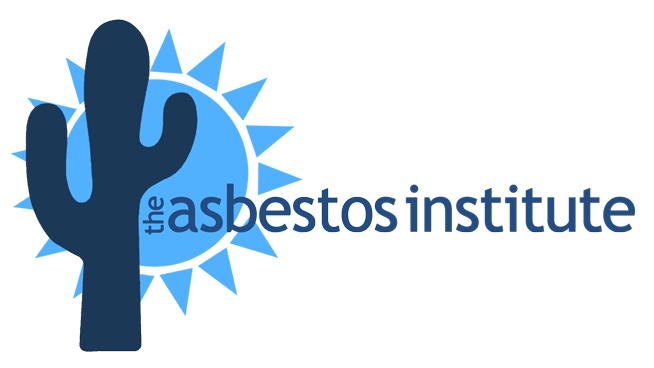Asbestos, a naturally occurring mineral fiber, has been widely recognized as a health hazard due to its association with serious diseases such as lung cancer, mesothelioma, and asbestosis. Given its well-documented health risks, it is unlikely that asbestos will ever be considered completely safe. However, steps can be taken to mitigate its risks and reduce exposure. Here are some important points to consider:
- Regulation and Ban: Many countries, including the United States, have implemented regulations and bans on certain types of asbestos-containing products. These regulations aim to limit exposure by prohibiting the use of asbestos in certain applications, such as building materials.
- Asbestos Removal: In cases where asbestos-containing materials are present in buildings or structures, it is often recommended to have them safely removed or encapsulated by trained professionals. Proper asbestos removal can significantly reduce exposure risks.
- Safe Handling: When dealing with asbestos-containing materials, it is essential to follow safe handling practices. This includes wearing appropriate protective gear, using approved containment methods, and disposing of asbestos waste properly.
- Awareness and Education: Raising awareness about the dangers of asbestos and educating people on how to identify and manage asbestos-containing materials is crucial in reducing exposure risks.
- Medical Monitoring: Individuals who have been exposed to asbestos, especially in occupational settings, may undergo regular medical monitoring to detect early signs of asbestos-related diseases. Early detection can lead to more effective treatment.
- Alternative Materials: The use of alternative materials that do not contain asbestos is encouraged in construction and manufacturing to reduce the reliance on asbestos-containing products.
- Research and Regulations: Ongoing research into asbestos-related diseases and safer alternatives continues to inform regulations and best practices for managing asbestos.
While these measures can help reduce the risks associated with asbestos, it is important to note that complete elimination of asbestos-related health risks may not be achievable, especially in cases where asbestos-containing materials remain in older buildings and infrastructure. Asbestos-related diseases can have long latency periods, meaning that health effects may not become apparent until many years after exposure.
Therefore, the best approach to asbestos is prevention, early detection, and proper management to minimize risks to individuals and communities. It is essential for individuals and organizations to follow safety guidelines and regulations to protect themselves and future generations from the known health hazards associated with asbestos exposure.
Classroom & Online
The Asbestos Institute has provided EPA and Cal/OSHA-accredited safety training since 1988. From OSHA 10 to hazmat training and asbestos certification, our trusted and experienced instructors make sure participants get the high-quality initial and refresher training they need.
Classroom
We train on-site at our headquarters in Phoenix, AZ or at our clients’ sites across the U.S. We offer both English and Spanish courses. Browse Classroom Classes
Online
Online courses allow you to align your learning with your personal schedule. This is a great option for students with family and work commitments. Browse Online Classes
Webinar
Live webinars allow you to watch instructors on demand from the comfort of your home or office. Learn, chat with other students, and ask questions in real-time. Browse Live Webinars
Disclaimer
The Asbestos Institute is not the official authority to determine OSHA training requirements, which are set forth in the Occupational Safety and Health Act of 1970. OSHA regulations are always being revised, added, and/or deleted, so you must not rely on The Asbestos Institute as the official authority of OSHA asbestos training requirements. Visit the official OSHA Asbestos Training Requirements page here.


